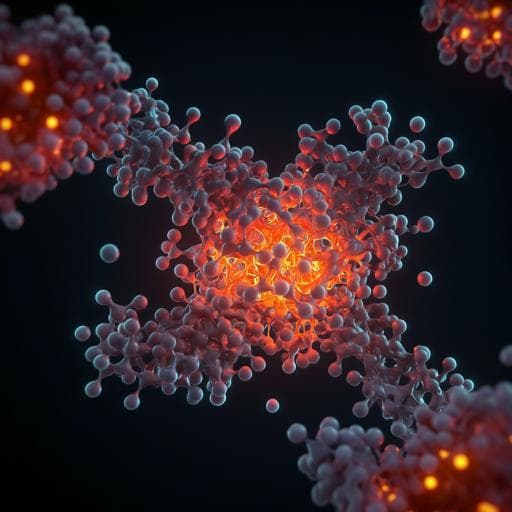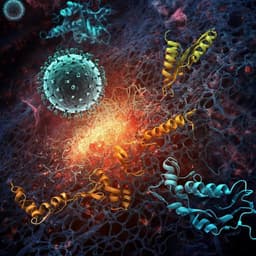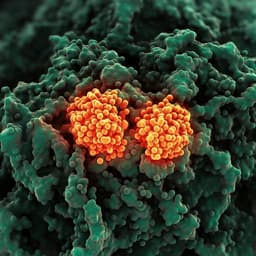
Medicine and Health
Evolution of the SARS-CoV-2 spike protein in the human host
A. G. Wrobel, D. J. Benton, et al.
This study by Antoni G. Wrobel and colleagues uncovers how recent SARS-CoV-2 variants, specifically the Alpha and Beta variants, have evolved through critical spike protein substitutions. Discover how enhanced ACE2 binding correlates with increased human transmissibility and the intricate structural changes that these variants showcase.
~3 min • Beginner • English
Related Publications
Explore these studies to deepen your understanding of the subject.







